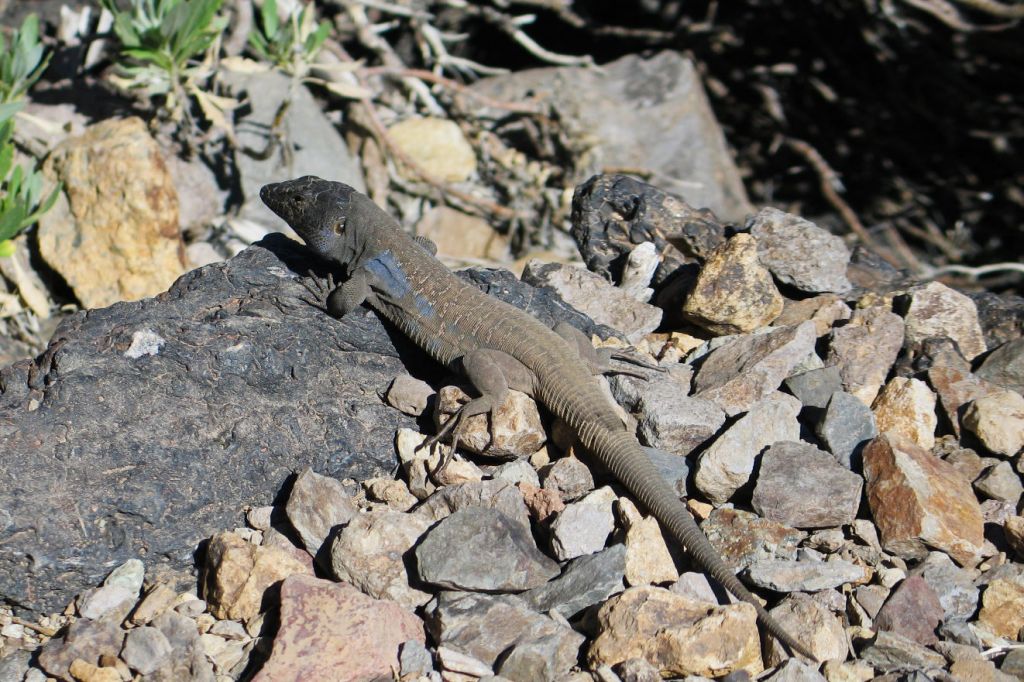
No visit to Tenerife would be complete without visiting the spectacular Teide National Park. The park holds the huge 17km diameter Las Cañadas Caldera, the result of the collapse of a huge volcano 170,000 years ago. The surrounding crater walls are crowned by the towering 3718m (12,198 feet) Mount Teide Volcano – Spain’s highest peak. When measured from the sea floor Teide is actually 7500m tall, making it the third largest volcano in the world.
Much of the 18,990 km² park is situated above 2000m and has a weird, almost lunar, volcanic landscape interrupted by monolithic volcanic dykes such as Cinchado (said to be the World’s most photographed rock). Teide itself is still active with fumaroles exuding sulphurous gases from its peak – the last eruption inside the park was in 1798 from the Narices del Teide vent.
Cañadas
The term “Las Cañadas” (cañada normally means a pastoral track) refers to the deposits of eroded sand and gravel that have been utilised over the centuries as roads across the Island.
Flora and Fauna

The isolation and extreme climate of the park mean that there are nearly 50 species of endemic plant as well as numerous endemic invertebrates and three species of endemic reptile. Particularly emblematic of the park and island are the red flowers of the Tajinaste and the Southern Tenerife Lizard with its distinctive blue sides.
Access to the Summit of Teide

A cable car operates between between the floor of the Caldera and a station located at 3550 metres. To climb the remaining 186 meters to the summit, a permit has to be obtained from the National Park’s authority (the Spanish Ministry of the Environment). Unfortunately, at the time of writing, it is proving impossible to actually obtain a permit since Tour Agencies seem to have a script that block-books all available slots as they become available.
Update June 2017: It now seems to be possible for the public to book again, however you would need to do so several months in advance. Pico de Teide Access Booking Website
Parador
Located above 2000 meters, the state-run Parador has recently undergone a face-lift and offers good accommodation in a truly magnificent location. Unfortunately the Hotel’s restaurant has poor service and an over-priced menu. The menu attempts a contemporary take on local dishes (as in other Paradors), however it comes up short of what one might expect for the price. Ordinarily this would not present too much of a problem, but the Hotel’s remote location means that there are no other options for an evening meal within an hour and a half’s drive.
That said, the location is truly outstanding and a stay at the Parador is still worthwhile in spite of its shortcomings.
Visitors planninga winter visit to the Parador should be aware that bad weather can make the Parador inaccessible. With this in mind, Spring is probably the best time to stay – the landscape is in bloom and the days clear and warm.
Visitors
On average the park receives more than 3 million visitors per year and is the most visited national park in Spain. The area was declared a national park in 1954 and a UNESCO World Heritage Site in 2007.

Leave a Reply